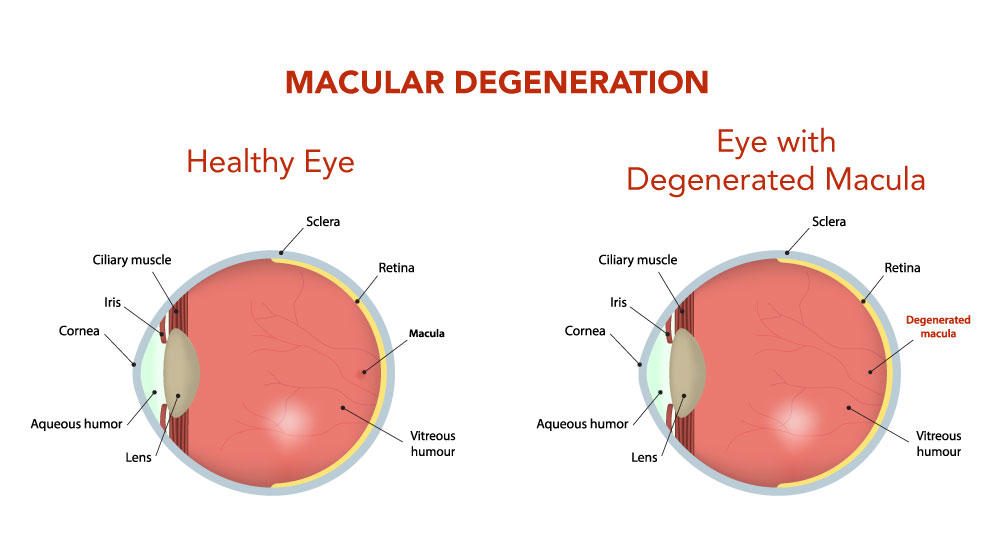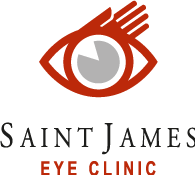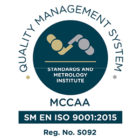There are two types of this condition, namely dry macular degeneration, which is usually related to aging, and wet macular degeneration, which often develops from the dry type and is characterised by blood vessels that grow under the retina and leak into the part of the eye known as the macula.
Macular Degeneration
A common eye disorder among the elderly which can lead to loss of central vision.
Macular Degeneration

What is dry macular degeneration?
Dry macular degeneration is a common eye disorder among people over 65. It causes blurred or reduced central vision, due to thinning of the macula. The macula is the part of the retina responsible for clear vision in your direct line of sight.
Dry macular degeneration may first develop in one eye and then progress to affect both. If only one eye is affected, people may not notice any changes in their vision because the good eye may compensate for the weak eye.
Over time vision worsens, which may affect the person’s ability to do activities such as read, drive and recognize faces. As the condition doesn’t affect side (peripheral) vision, it rarely causes total blindness.
Dry macular degeneration symptoms usually develop gradually and without pain. Early detection and self-care measures can help delay vision loss.
What is wet macular degeneration?
Wet macular degeneration is a chronic eye disease that develops from the dry type and causes blurred vision or a blind spot in your visual field. It’s generally caused by abnormal blood vessels that leak fluid or blood into the macula. The macula is in the part of the retina responsible for central vision.
Wet macular degeneration symptoms usually appear suddenly and worsen rapidly. People whose wet macular degeneration has progressed to central vision loss may experience depression or visual hallucinations.
Diagnosis can be made using optical coherence tomography (OCT). This non-invasive imaging test displays detailed cross-sections of the retina. It identifies areas of thinning, thickening or swelling. This test is also used to help monitor how the retina responds to macular degeneration treatments.
Early detection and treatment may help reduce vision loss and, in some instances, recover vision.




